Balitraveldiary.com – The monastery is supposed to be a place of worship for Buddhists. However, you will encounter a quite different and arguably unique atmosphere when you visit the Amurva Bhumi Blahbatuh Vihara. This monastery, which comes with a typical Chinese architectural design, turns out to have a very strong Hindu religious element, evidence of cultural acculturation and religious harmony in Bali.

Vihara Amurva Bhumi is one of the oldest temples you can find in Bali. The age of this place of worship has even reached hundreds of years. The existence of the Amurva Bhumi Vihara is also said to have a very close relationship with the Caow Eng Bio Vihara, Tanjung Benoa. Both are temples that were both built by immigrants from Hainan Island, China.
History of Amurva Bhumi Blahbatuh Vi Monastery
The existence of a Buddhist monastery in this Balinese Hindu land can be traced back to 1826. At the beginning of its establishment, this temple building looked very ordinary and did not have any specialties. In the past, the roof of the Amurva Bhumi Monastery used dry thatch as a cover. Along with the arrival of Buddhists who perform prayers, the temple building continues to undergo repairs.
According to the notes of the caretaker or keeper of the Amuva Bhumi Vihara, this place of worship has been renovated three times, in 1951, 1968, and 1988. In addition, the name of this monastery has also been changed to Singa Mas Vihara. However, in the last restoration process, the name of the monastery was returned to its origin, namely Vihara Amurva Bhumi Bali.
Every year, this old temple in Bali has a special event which is held every Fik Wik Cap Go full moon or the eighth month in the Chinese calendar system. At the beginning of its establishment, this event was only attended by royal officials, advisors to the king, and traders. However, slowly this event is also enlivened by the general public.
Unique Architectural Design and Cultural Acculturation at Amurva Bhumi Blahbatuh Temple
Looking at the outward appearance of the Amurva Bhumi Monastery building, you won’t be able to tell it apart from other monasteries. A thick Chinese impression can be felt both inside and outside the building. Moreover, the placement of this building is also quite unique, under a suspension bridge and not far from the river bank.

However, you will find a very strong Hindu element when you see the practices carried out in the monastery. What is quite surprising is that this monastery also has a tradition of holding piodalan which incidentally is one of the practices carried out by Balinese Hindus. The implementation of the piodalan is usually carried out on Purnamaning Kapat on the Balinese calendar.
The way of performing piodalan at Amurva Bhumi Vihara is also similar to piodalan in Hindu temples. You will find offerings of banten, caru, or gebodan. Even so, inside this monastery building, you will find statues of gods in Buddhism such as the Tiger God, Dewi Kwan Im, and Buddhist altars.
Location of Amurva Bhumi Blahbatuh Vi Monastery
If you are interested in seeing the uniqueness and acculturation of the culture in this monastery, you can come directly to Blahbatuh Village in Gianyar Regency. The location is quite easy to find because it is right on the edge of the highway. It’s just that, the position of the temple building is a bit down.

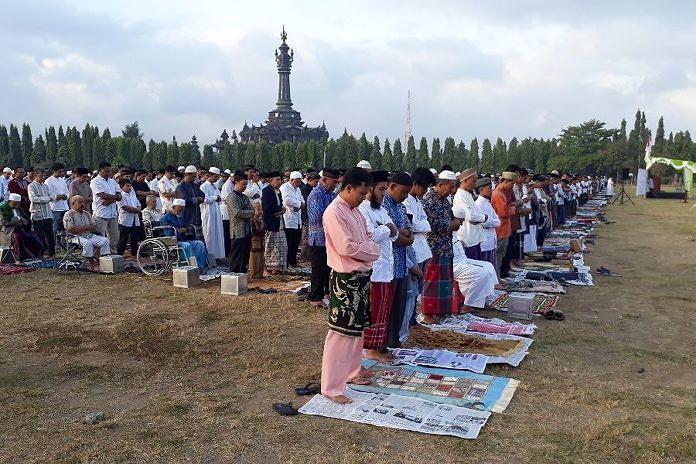


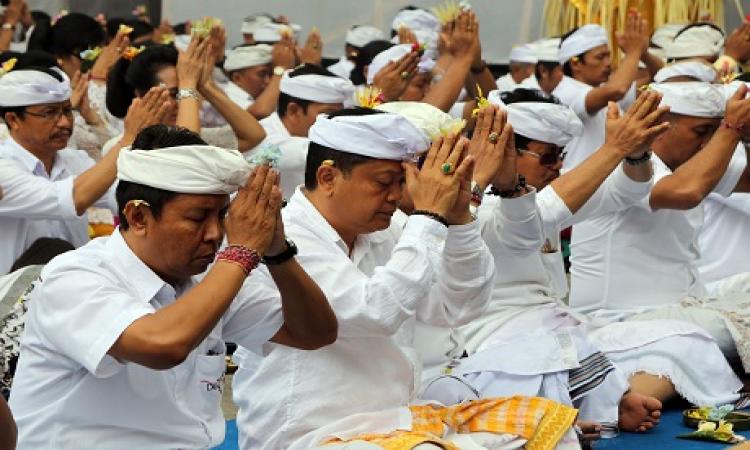
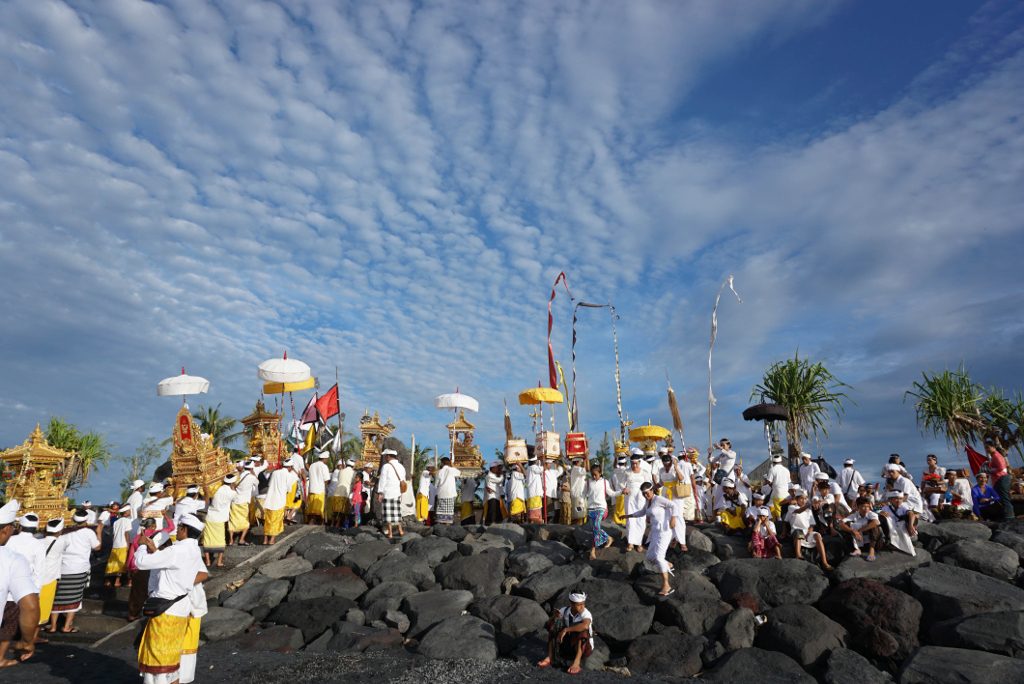
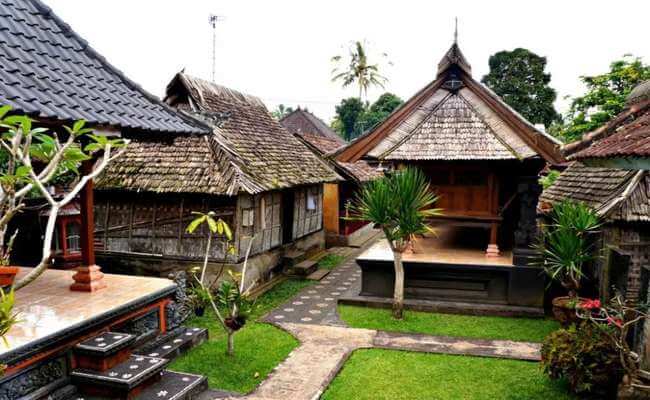
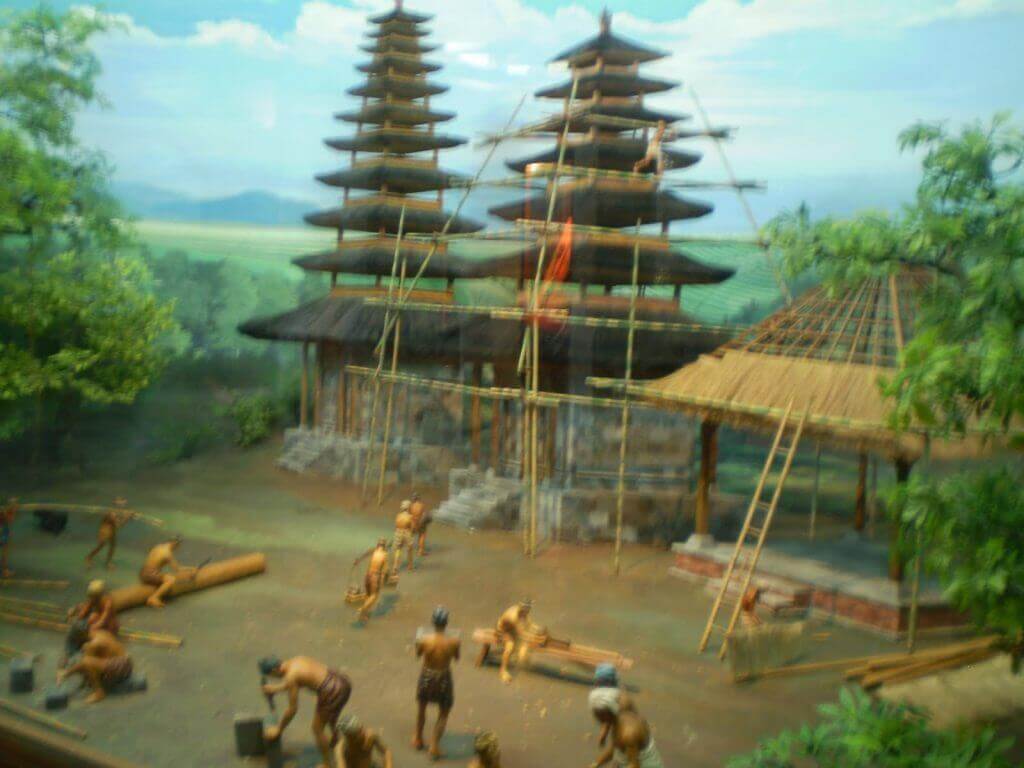
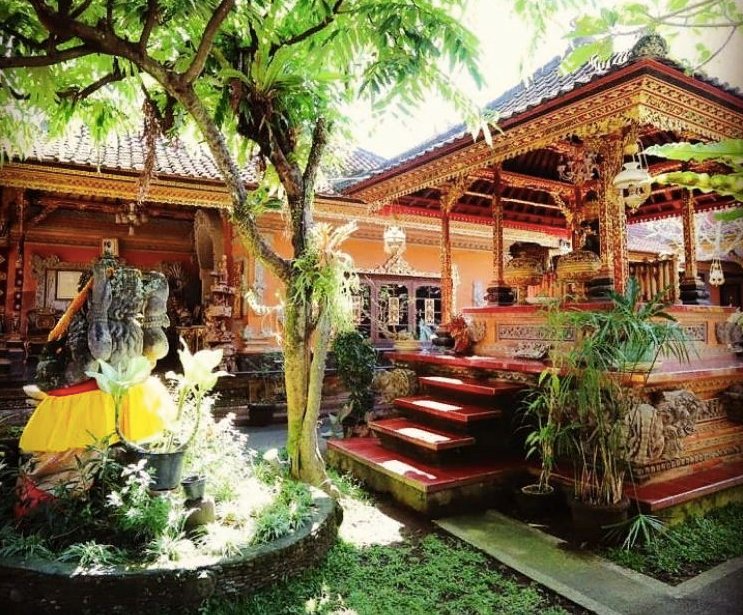






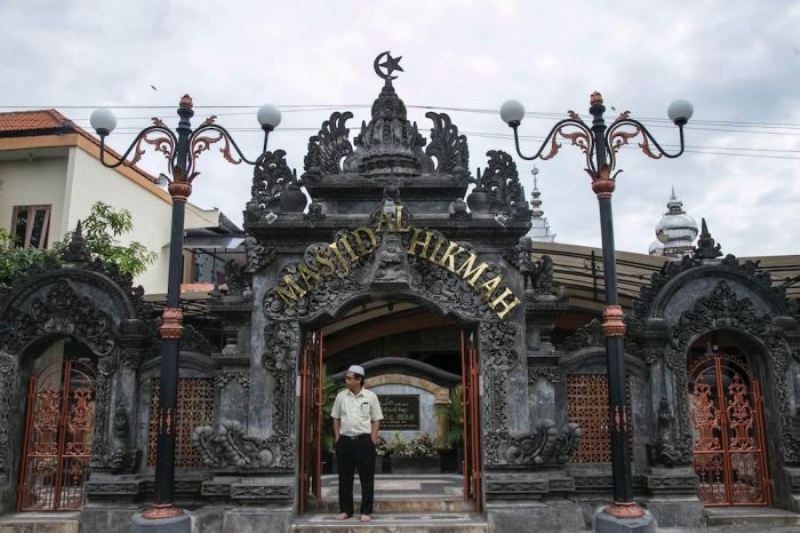
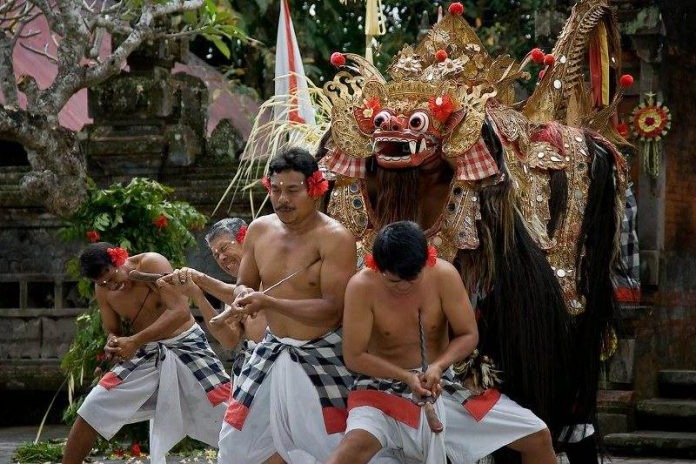








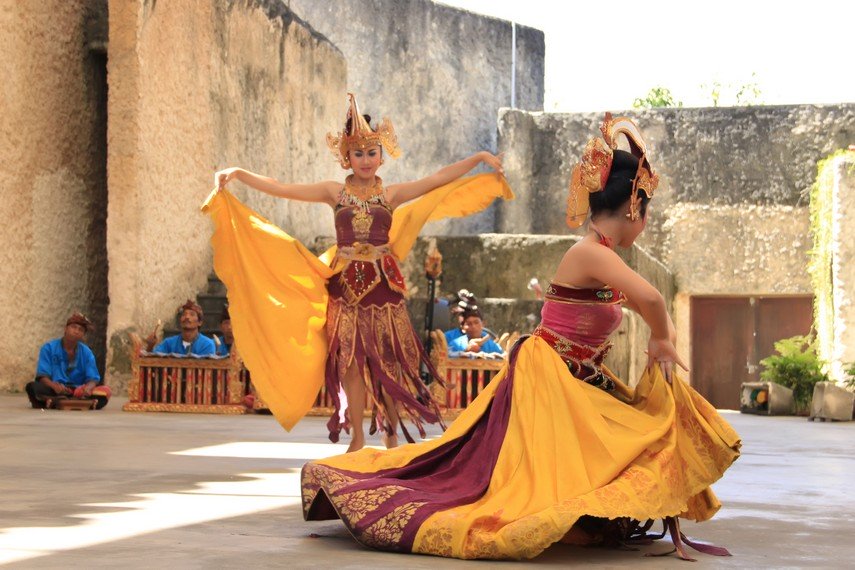

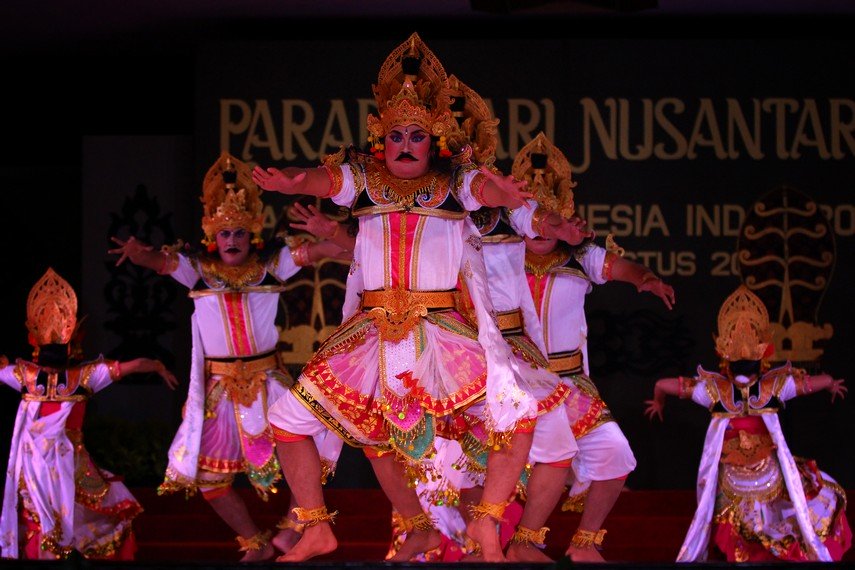




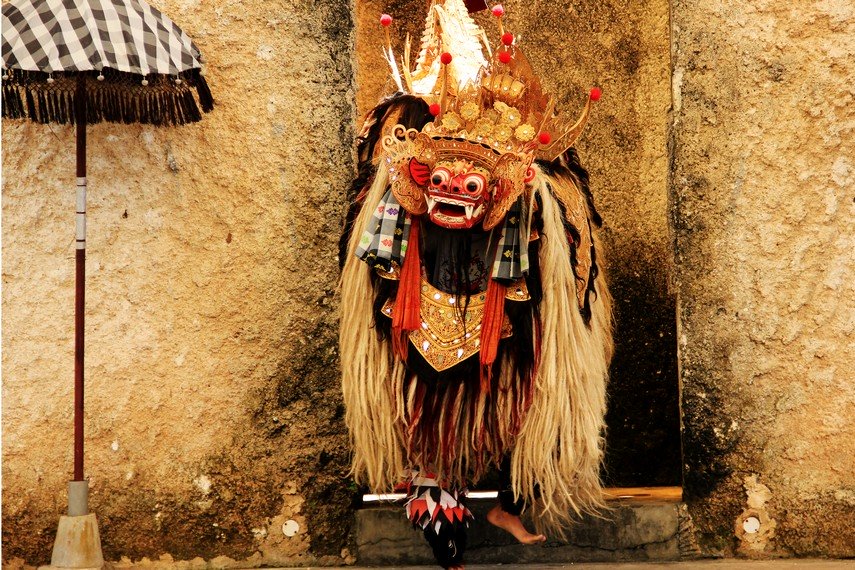


0